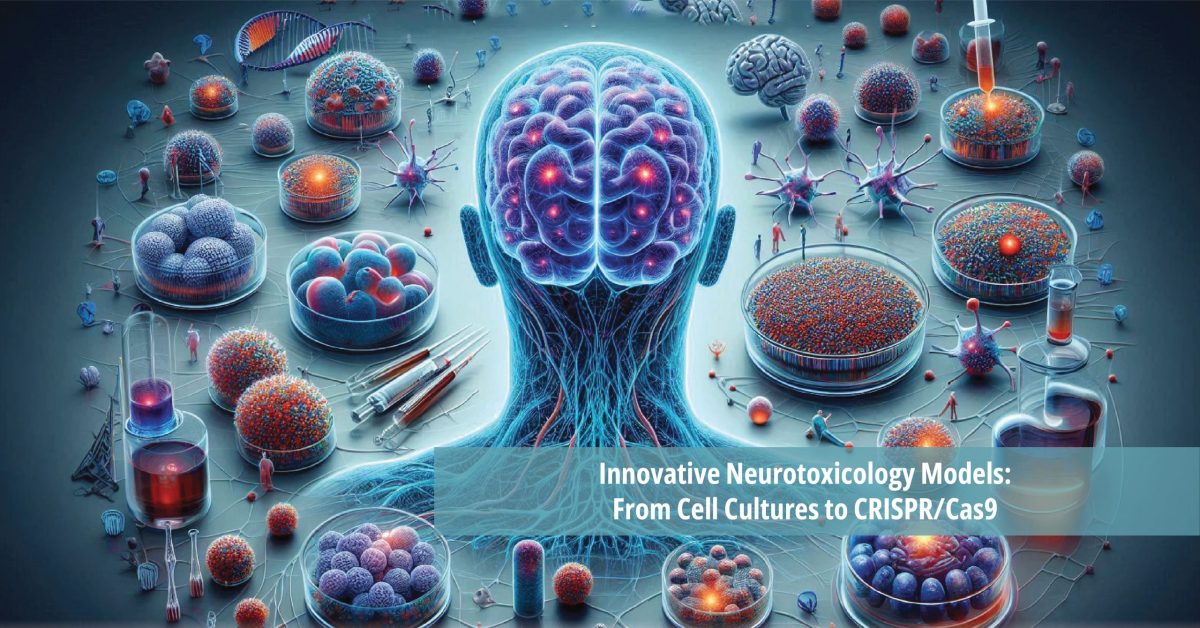Neurotoxicology, as a branch of toxicology, has experienced steady growth in the recent past in the form of models and techniques to assess the impacts of environmental toxins on neural functioning. The previously used approaches embraced the usage of animal models, and, although they are useful, they are associated with certain ethical issues and cannot accurately reflect the human organism’s response. This has prompted researchers to come up with in vitro culture models and some of the current best technologies, like CRISPR/Cas9. These progressions improve not only the knowledge of how neurotoxins work but also provide the right direction for proper and ethical use in studying their application.
The Rise of In Vitro Models in Neurotoxicology
Among all the in vitro models used in neurotoxicology studies, the SH-SY5Y cell line is rather popular. These human neuroblastoma cells are best suited for differentiation into neuron-like cells; thus, they are a good model to study neurotoxicity. On the one hand, differentiated SH-SY5Y cells have a higher ATP level and plasma membrane activity; on the other hand, they do not have significant cell strength against oxidative stress, a frequent phenomenon in toxic contexts of neural cells.
Research has shown that SH-SY5Y cells are suitable for working out the influence of various environmental chemicals. For instance, chlorpyrifos and cypermethrin, labeled as insecticides, caused apoptosis and oxidative stress in these cells. This conforms with the rest of the world’s view that environmental pollutants interfere with the normal functioning of cells and set off the neurodegenerative process.
In addition, the SH-SY5Y model has been used in the discovery of neuroprotective agents against neurotoxicity. Such natural compounds as Moringa oleifera extracts were effective in reducing the level of oxidative stress and apoptosis induced by DEHP in SH-SY5Y cells.
Advanced High-Throughput Screening Techniques
High-throughput screening is a novel approach that has transformed neurotoxicology because it helps scientists determine how thousands of chemicals and drugs impact neural cells. For instance, Tox21 10K compound library has been used in the identification of inhibitors of acetylcholinesterase using cells as well as enzyme activity-based assays. The present approach not only lays the basis for discovering new neurotoxic liabilities but is also beneficial in determining their modes of action using molecular docking and time-dependent inhibition studies.
HTS has also helped in finding new chemical entities with neuroprotective characteristics. For instance, screening methodology was used to discover new acetylcholinesterase inhibitors, including cilostazol and chelerythrine chloride, in the past. These compounds can therefore be recommended as potential therapeutic agents for diseases characterized by neurotoxicity.
